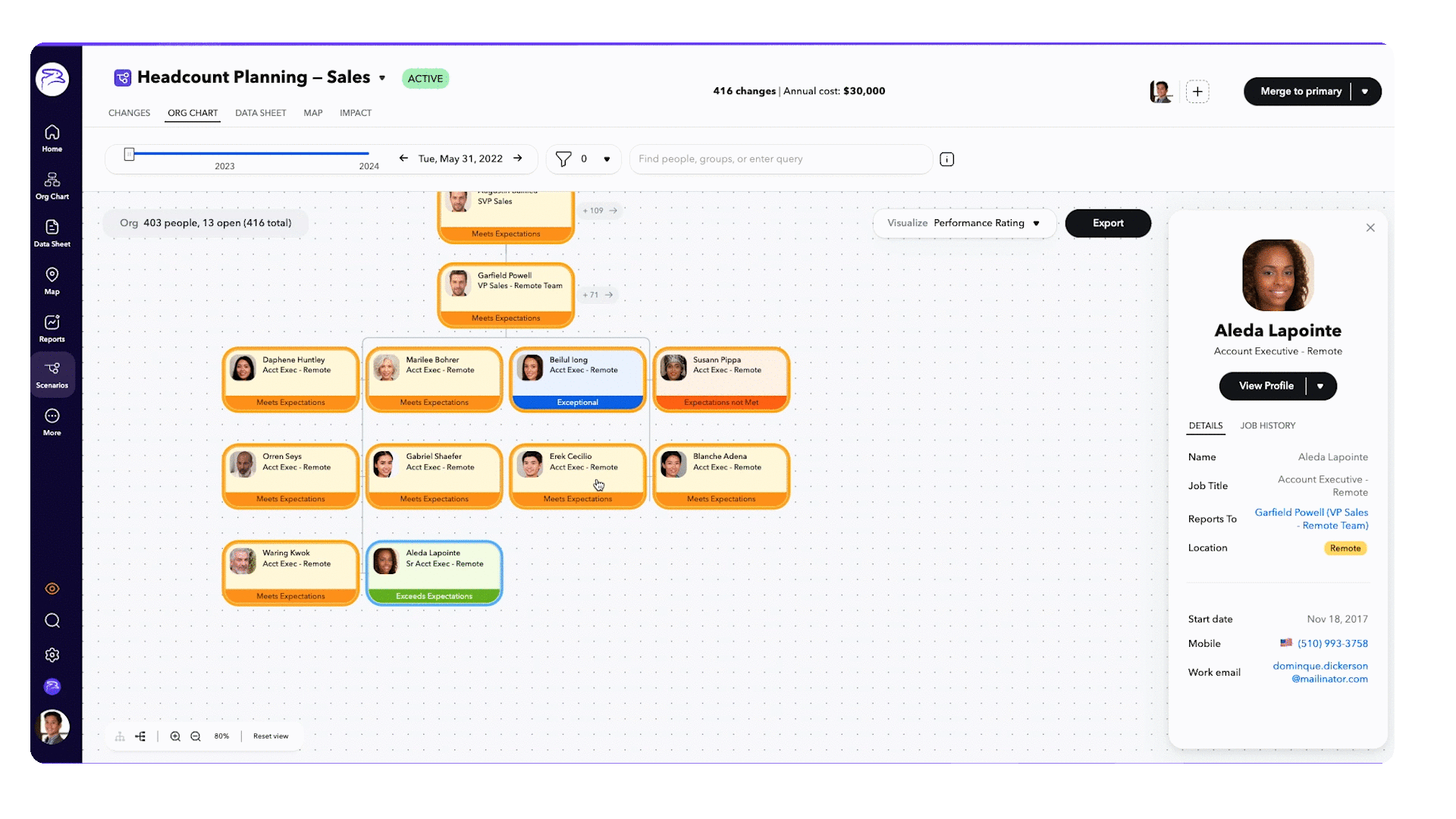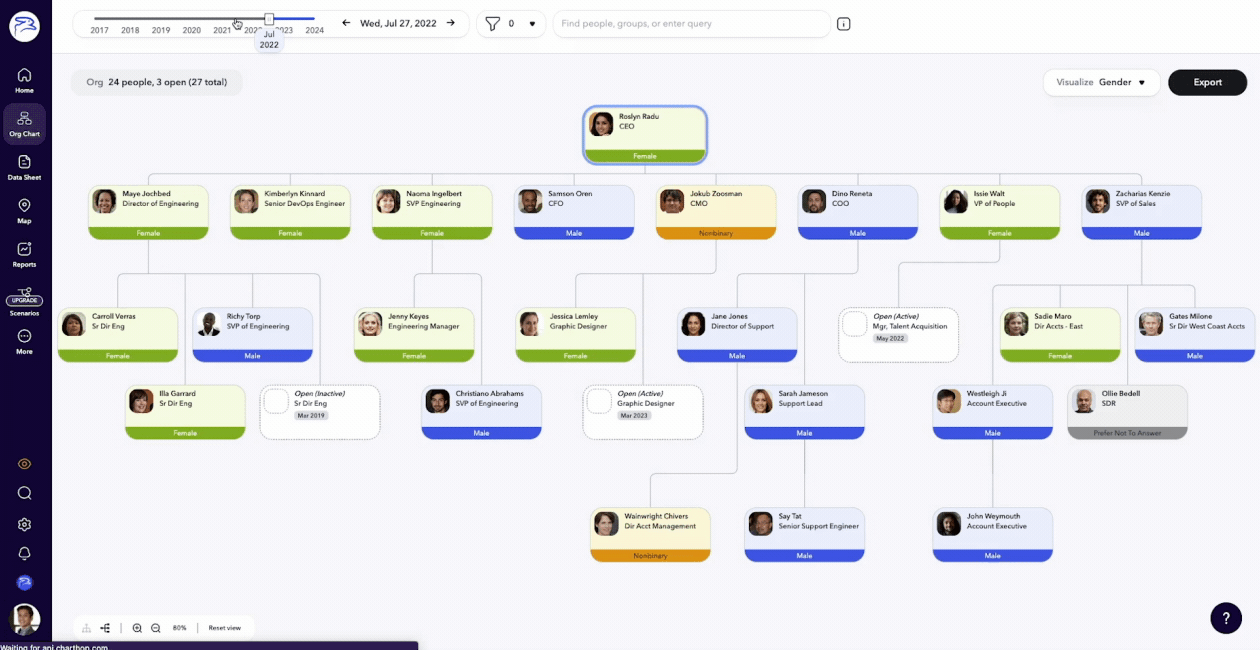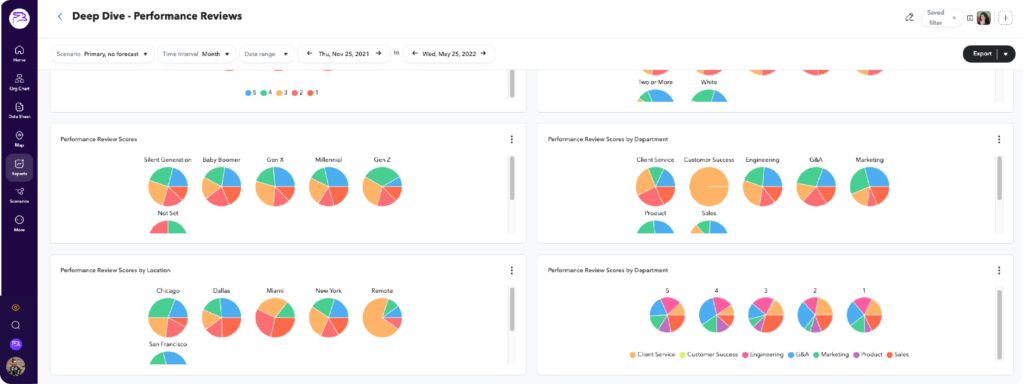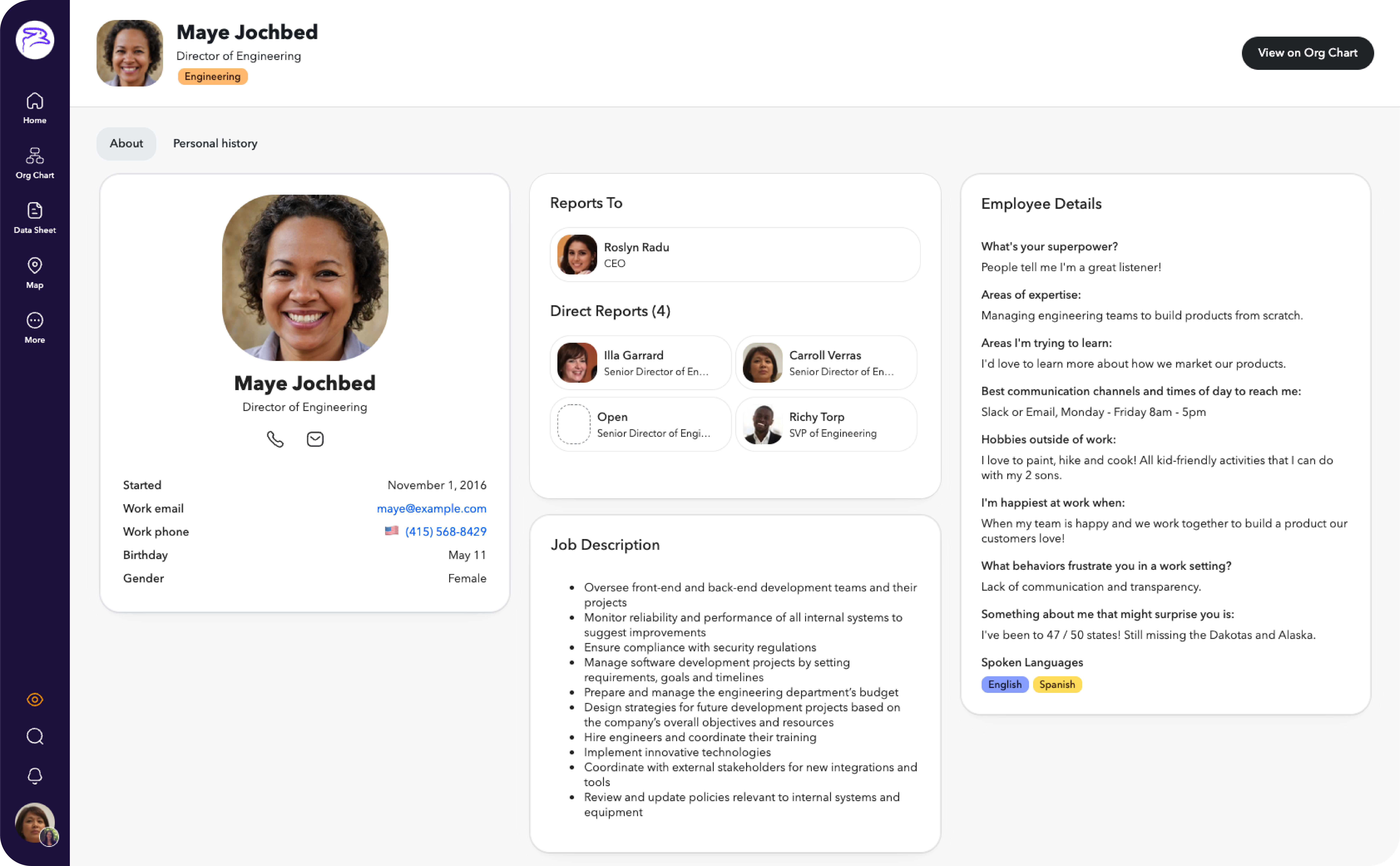
Your Chief Technology Officer announces she’s opening her own startup. Your VP of Product says he’s taking time off due to illness. Your Director of Accounting decides to retire early. What do all of these situations have in common?
The need for succession planning.
Good business leaders must plan for the unexpected. However, when running a company, it’s easy to focus on the present day-to-day tasks like managing projects, hosting meetings, and fielding questions from teammates. Unfortunately, these are time consuming efforts and can lead to being reactive instead of proactive.
It’s therefore necessary to set aside time for forward-thinking. Successful succession planning is key to your business’ long-term success and allows you to prepare for when the unexpected arises or when you need to fill vacant leadership positions.
At its core, succession planning is the strategic process of planning for your company’s future. Its primary focus is identifying and developing business leaders—specifically for the C-Suite—to replace current ones when the time comes.
Unlike mid-level positions that allow more flexibility on time-to-fill, executive roles have to be filled quickly and with the right people.
But a strong succession plan doesn’t happen overnight. The process starts with an in-depth understanding of your current organization and its people, reporting structures, and knowledge sets. The more you know now, the better prepared you’ll be to make critical strategic business decisions when the time comes.
While this process of knowing your people’s experiences, strengths, and gaps may seem complicated, it doesn’t have to be – the right platform makes it easy to streamline your succession planning process from start to finish.

With ChartHop, you can map out your people’s skills so you have more clarity into what knowledge and expertise is needed for each role.
Every business—from small coffee shops to Silicon Valley titans—needs to prepare for its future. While the importance of succession planning may seem like a no-brainer, oftentimes it’s overlooked or deprioritized for more present challenges.
One famous example is Microsoft circa 2013. CEO Steve Ballmer spent 14 years scaling the company’s revenue. While he excelled at short-term growth, he wasn’t a technological visionary at a time when he needed to be. In short, he abruptly left, and one of the most powerful businesses in the world didn’t have a person to fill the role. There’s a lot of reasons to admire Microsoft’s business plan, but one aspect you don’t want to follow is being unprepared when your CEO or other C-suite executive leaves unexpectedly.
Besides preventing a costly and embarrassing scramble to find a new leader, here are four reasons why succession planning matters.
Poet William Wordsworth once wrote: “Life is divided into three terms—that which was, which is, and which will be. Let us learn from the past to profit by the present, and from the present, to live better in the future.”
Although he wasn’t advising on business strategy, Wordsworth’s remarks are important for every business leader. You’ll be better prepared to create a successful succession plan when you understand where your company has been, what you’re achieving now, and how you wish to sustain or grow in the future. By understanding your company’s history, you’ll be empowered to implement better business decisions efficiently with newly-filled leadership roles.
It’s therefore important to choose a platform (with people analytics capabilities) that provides dynamic visualization of your entire organization. This goes beyond basic reporting structures; you should be able to quickly view all of your People data to run skills analyses, plan headcount, allocate budget, and work strategically.

ChartHop’s org chart allows you to time travel (no machine needed). With it, you can see how your organization has transformed over the years to help determine the success of your succession strategy.
When it comes to succession planning, people operations and analytics allows you to analyze current and potential vacancies to drive recruitment strategies. For example, if your succession strategy involves promoting a current Vice President, you’ll likely have to backfill their position.
Ask yourself:
Whether it’s for driving recruitment tactics or general career planning, successful succession planning allows you to analyze your “now” to ensure an effective leadership transition.
Besides setting your company up for success, one of the biggest reasons you should have a succession plan is money. As a matter of fact, not paying attention to leadership pipelines cost the S&P1500 $1 trillion (yes, trillion) a year.
HBR’s Claudio Fernández-Aráoz weighs in: “The biggest costs are underperformance at companies that hire ill-suited external CEOs, the loss of intellectual capital in the C-suites of organizations that executives leave behind, and for companies promoting from within, the lower performance of ill-prepared successors.”
Knowing these pitfalls is helpful in pivoting your future headcount strategy. Prevent rushed, last-minute decisions by providing critical training for current employees you see eventually upskilling into a C-Suite role. By doing so, your company will be better equipped to backfill positions and promote from within when the time arises.
A strong succession plan requires investment in your current employees. This means assessing engagement and prioritizing professional development now.
And that’s actually a powerful tactic to keep employees happy. One survey found that more than half of respondents said they would leave their company if the employer failed to grant professional development opportunities. And it makes sense. Professional development enables people to do their jobs better, which can lead to promotions, higher salaries, and broader networks.
Aside from sending employees to conferences and workshops, how can you prepare potential future executives? Fernández-Aráoz advises companies to “appoint the most promising executives to the board—or give them more access to it.” He continues, “When you expose your highest potentials to new geographies, businesses, situations, and functions, you can become a leadership factory.”
To help you choose worthy executives, use data like tenure, met KPIs, employee engagement, and promotion rates. Furthermore, these metrics can help create a succession plan that is inclusive. That’s because using data when backfilling roles can reduce bias in promotion rates or strategically create opportunities for those that identify as underrepresented in order to ensure all voices are represented at the executive level.

Use ChartHop’s people analytics reporting to gain robust insights on your business and the people who power it. Visualizing your data – and aligning it to your strategy – helps elevate the importance of succession planning. Goodbye guesswork, hello informed succession strategy.
By intentionally making plans now, your business will be set for success if and when your headcount planning shifts.
One of your first steps in succession planning is looking for internal candidates that would be well-suited to rise into C-suite roles. A dynamic org chart makes it easy to quickly see your teams, their skills, and where people could fit cross-functionally.
Down the road, internal sourcing can save you time, energy, and money during the knowledge transfer and team building period. Importantly, the right platform can give your people transparency to see what’s happening at the organizational level so they have context to continue doing their jobs.
Internal sourcing also means your people can continue hitting their goals and marching towards your company’s overall mission without disruption. For this reason, investing in preparing and developing your employees now is time well-spent.

Map out your people’s skills, then determine the knowledge and expertise needed for each role. And when job descriptions live in employee profiles, succession strategy transitions from guess work to informed decision making.
Alternatively, you may determine that it’s in your best interest to hire externally. In your planning you’ll have already identified the experience, skills, and perspective needed to fill the role. This will streamline your talent acquisition process and help you provide a robust, intentional onboarding experience so your new hire can quickly add value.
Paving the way for a successful succession plan starts now. Don’t wait for change to happen to you; take the time to understand your business and your people so you can plan accordingly. That way, when the time comes, you have the strategy and tools you’ll need to make informed decisions for a positive future.
Download our guide hereSign up for a free demo today.